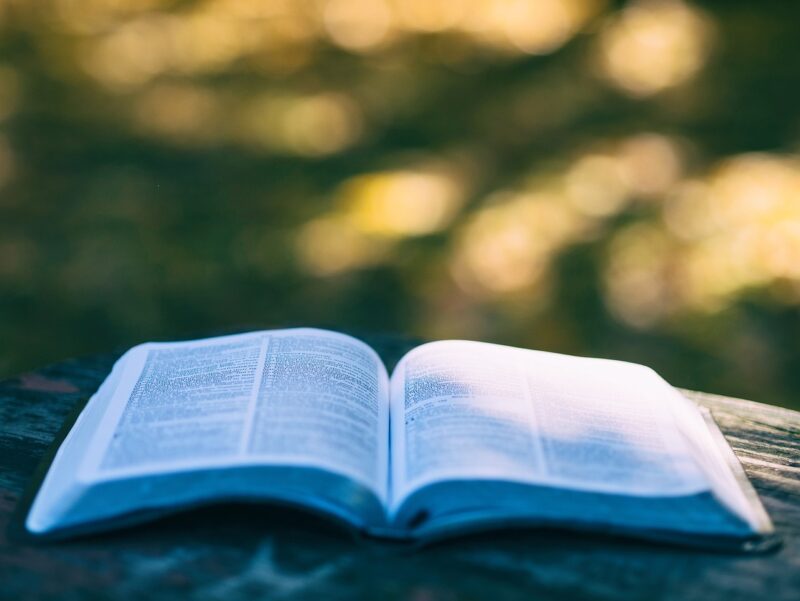The Ultimate Guide to Understanding Poetry for Beginners
November 11, 2024

Poetry is often viewed as an enigmatic art form that captures profound emotions and ideas through the succinct, evocative use of language. For beginners, it may seem intimidating—a world filled with archaic terminology, symbolic meanings, and intricate stylistic choices. However, understanding poetry does not require a PhD in literature nor the ability to recite Shakespeare by heart. Instead, it is about opening your mind to the beauty of language, the rhythm of phrases, and the depth of human experience.
In this comprehensive guide, we’ll embark on a journey to demystify poetry, explore its various forms, and equip you with the tools to appreciate it fully.
1. What is Poetry?
At its core, poetry is a form of literary expression that uses the aesthetic qualities of language—such as sounds, rhythm, and imagery—to evoke emotions and convey ideas. Unlike prose, which tells stories in straightforward sentences, poetry often relies on devices like meter, rhyme, and metaphor.
Poetry has existed in various forms across cultures and time periods, addressing themes such as love, nature, mortality, and social issues. It can be spoken, written, or performed, creating a multi-sensory experience for the audience.
What Makes Poetry Unique?
Poetry’s uniqueness arises from:
- Concentration of Meaning: In poetry, every word counts. Poets craft lines that encapsulate emotions and ideas in a condensed form, making the reader ponder deeper meanings.
- Emotional Precision: The use of literary devices allows poets to express complex sentiments with vivid imagery and sounds, often leading to a visceral response from the reader.
- Freedom of Interpretation: Poetry invites readers to forge their interpretations, making it a highly personal experience.
Understanding these aspects will help beginners appreciate the richness of poetic forms and themes.
2. Different Forms of Poetry
Poetry comes in various forms, each with its structure, style, and purpose. Here are some commonly recognized forms:
a. Sonnet
A sonnet is a 14-line poem, typically written in iambic pentameter. The most famous types of sonnets are the Shakespearean (or English) and the Petrarchan (or Italian) sonnets.
- Shakespearean Sonnet: Composed of three quatrains and one couplet, the rhyme scheme is ABABCDCDEFEFGG.
- Petrarchan Sonnet: Consists of an octave followed by a sestet, typically following the rhyme scheme ABBAABBACDCDCD.
b. Haiku
This Japanese form consists of three lines with a specific syllable pattern: 5-7-5. Haikus often focus on nature and evoke a moment in time, leading the reader to reflect.
c. Free Verse
Free verse poetry does not adhere to consistent meter or rhyme schemes. It prioritizes the poet’s expression and can vary widely in form and content. This form offers incredible freedom, allowing poets to experiment with language and thought.
d. Limerick
A limerick is a humorous five-line poem with a distinct AABBA rhyme scheme and a rhythm pattern that creates a playful tone.
e. Narrative Poetry
Narrative poetry tells a story and often includes a plot, characters, and a setting. This form allows poets to delve deeply into storytelling through lyrical language.
Understanding these different forms can help beginners identify and appreciate the nuances of poetic expression.
3. Key Elements of Poetry
To further enhance your understanding of poetry, it helps to familiarize yourself with key elements that poets frequently employ:
a. Imagery
Imagery involves using descriptive language to create mental pictures. It appeals to the senses and helps convey emotions more vividly. A strong poem usually incorporates rich imagery to engage the reader’s imagination.
b. Sound Devices
Poets often use various sound devices to enhance the musicality of their work:
- Rhyme: The repetition of similar sounds, often used to create rhythm and unity.
- Alliteration: The repetition of consonant sounds at the beginning of words, adding to the poem’s musicality.
- Assonance: The repetition of vowel sounds within words, creating internal rhymes.
- Onomatopoeia: Words that imitate natural sounds, enhancing sensory experience.
c. Rhythm and Meter
Rhythm is the pattern of sounds in a poem, while meter refers to the regular pattern of stressed and unstressed syllables. Familiarizing yourself with different meters (such as iambic or trochaic) can deepen your appreciation for how poets manipulate structure to create effects.
d. Themes
Poetry often explores universal themes such as love, death, identity, and nature. Identifying these themes can provide valuable insight into the poet’s intent and emotional depth.
By recognizing these elements, you can develop a richer understanding of the texts you encounter.
4. Reading and Analyzing Poetry
Reading poetry is a skill in itself and can be honed through practice. Here are some practical tips for analyzing poetry:
a. Read Aloud
Poetry is often meant to be heard. Reading aloud helps you appreciate the rhythm, flow, and sound devices at play, which can enhance your overall understanding.
b. Consider the Context
Understanding the historical and cultural context of a poem can shed light on the poet’s intentions and themes. Researching the poet’s background can also prove insightful.
c. Identify the Speaker
Consider who is speaking in the poem—this is not always the poet. Understanding the speaker’s perspective can inform your analysis of the poem’s themes and emotions.
d. Break It Down
Take time to dissect the poem line by line. Look for figurative language, symbols, and allusions that contribute to its meaning. Ask yourself questions like: What is the poem saying? What emotions does it evoke?
e. Reflect on Your Interpretation
Your interpretation is valid. Poetry encourages personal responses, so trying to connect with the poem on an emotional level can be enlightening.
Reading poetry, like art or music, is subjective. Embrace the journey of exploration and find joy in your interpretations.
5. Famous Poets and Their Works
To better understand poetry, exploring the works of renowned poets is invaluable. Some iconic poets you may want to investigate include:
a. William Shakespeare
Often regarded as one of the greatest playwrights and poets, Shakespeare’s sonnets explore themes of love and time, employing intricate language and rich imagery.
b. Emily Dickinson
Known for her unconventional style and innovative use of punctuation, Dickinson’s poetry often delves into themes of nature, death, and immortality.
c. Robert Frost
Frost’s poems frequently reflect the complexities of rural life and nature. His accessible yet profound language resonates with readers.
d. Langston Hughes
A key figure in the Harlem Renaissance, Hughes’s work centers around themes of race, identity, and the African American experience, often utilizing jazz rhythms within his poetry.
e. Maya Angelou
Angelou’s poetry, rooted in her life experiences, speaks to themes of identity, resilience, and social justice. Her powerful voice and activism continue to inspire generations.
Exploring the works of these poets will expose you to varied styles and themes, enriching your understanding of poetry as an art form.
Conclusion
Understanding poetry is a journey that requires patience, practice, and an open heart. By familiarizing yourself with the forms, key elements, and renowned poets, you’ll cultivate a deeper appreciation for this timeless art form. Poetry is not just for the literati; it belongs to everyone. So, plunge into the world of poetry, allow its emotions to wash over you, and find joy in discovering the beauty within the lines.
Begin your poetic journey today, and let the words awaken your imagination and connect you with the shared human experience.







